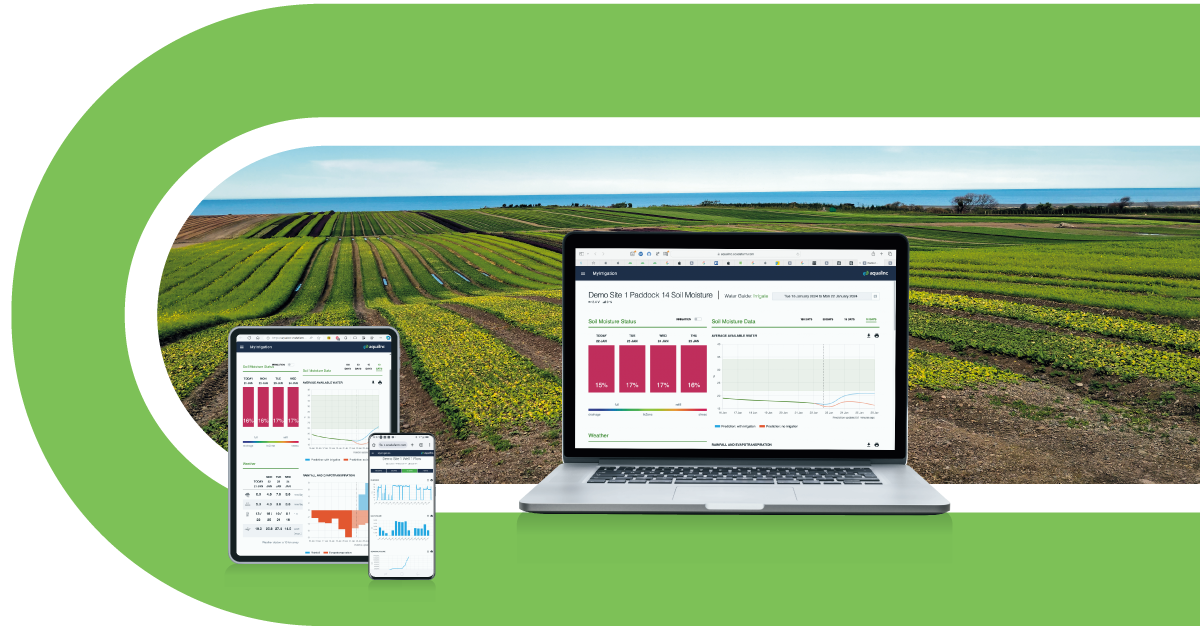Are your Irrigation Monitoring and Reporting Systems fit for purpose?

Water use, power, soil moisture and weather data are vital inputs into any Farm Management system. Often, they are used in isolation but combining them allows for reporting and benchmarking to ensure maximum efficiency and profitability.
Proof of collection and use of this data is often necessary to ensure an A grade FEP Audit result.
As resource consents come up for renewal this data will be vital as a pre-requisite for a robust and comprehensive analysis of future irrigation water needs is good quality monitoring data. Data is needed to prove what’s happening on farm is appropriate. It’s no longer sufficient to be a good irrigation manager; you also need to demonstrate it. “Show me the numbers!” Without them, how will you justify your water allocation?
If you’re to prove what you need, and not lose ground, you need to be keeping the following data for your property:
-
Accurate water meter data, with no missing data. Water meter records on their own do not demonstrate reasonable and efficient use of water. At the moment, Councils are accepting this in many cases, but this potentially disincentivises efficient use of water, so Councils are very likely to start requiring further evidence such as analysis of soil moisture data in the future when they realise that accepting water meter records alone could result in perverse outcomes.
-
Continuous soil moisture monitoring records — at least once-a-day measurement.
-
Evidence that the irrigation system is well maintained and applying water uniformly. Soil moisture measurements are made at a point, and there’s an assumption that it’s representative of a broader area.
-
The number and location of soil moisture probes should be appropriate to cover the different soils and irrigation types on the property, if relevant.
-
Good quality rainfall records, if your farm isn’t close to an official rainfall station.
-
Good records on the area of land actually irrigated.
-
If the water take is subject to restrictions based on water level / river flow, it’s worth having a record of these. A future water allocation should be based on what you would have needed if you were able to take it, not what you were actually able to take.
-
Secure and reliable data storage. Good numbers are no use if you can’t find them later!
The message is clear; collect and keep irrigation data now, you will need it!
Your telemetry provider should have already ensured that your systems are up to date and will not be affected by the 2G/3G cellular service shutdown later this year. As this could affect compliance with your consent conditions, we urge you to check this is all covered. If not, you may take this opportunity to assess your current provider's performance and consider changing to a provider who may be better suited to your requirements and be able to provide more support and also better utilisation of your data for broader farm (and in particular water) management.
All Aqualinc telemetry client’s systems were upgraded last year. The Aqualinc MyIrrigation – powered by SCADAfarm system combined with the depth of knowledge and support that the team at Aqualinc can provide is a good example of an advanced reporting tool that can provide much more than just compliance.

